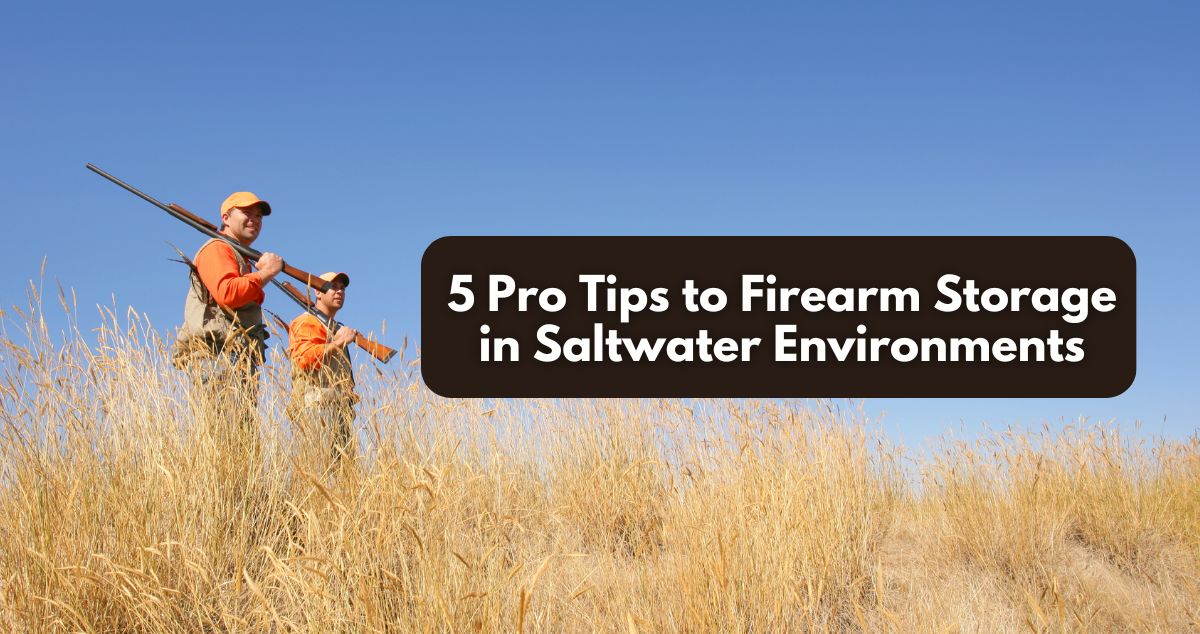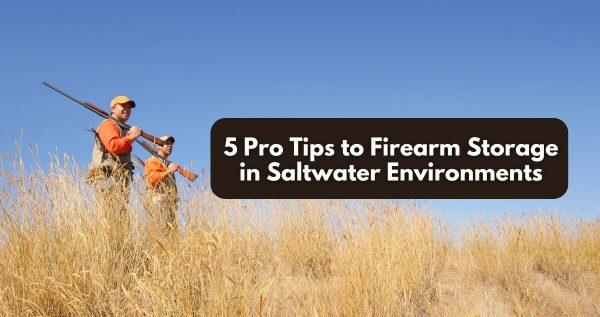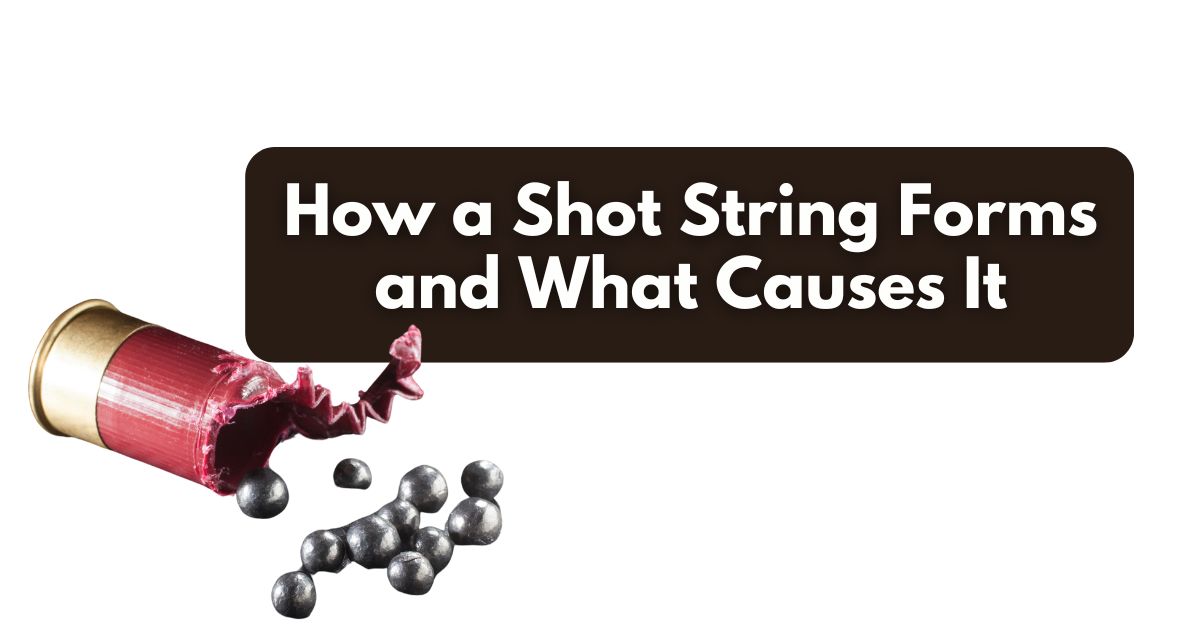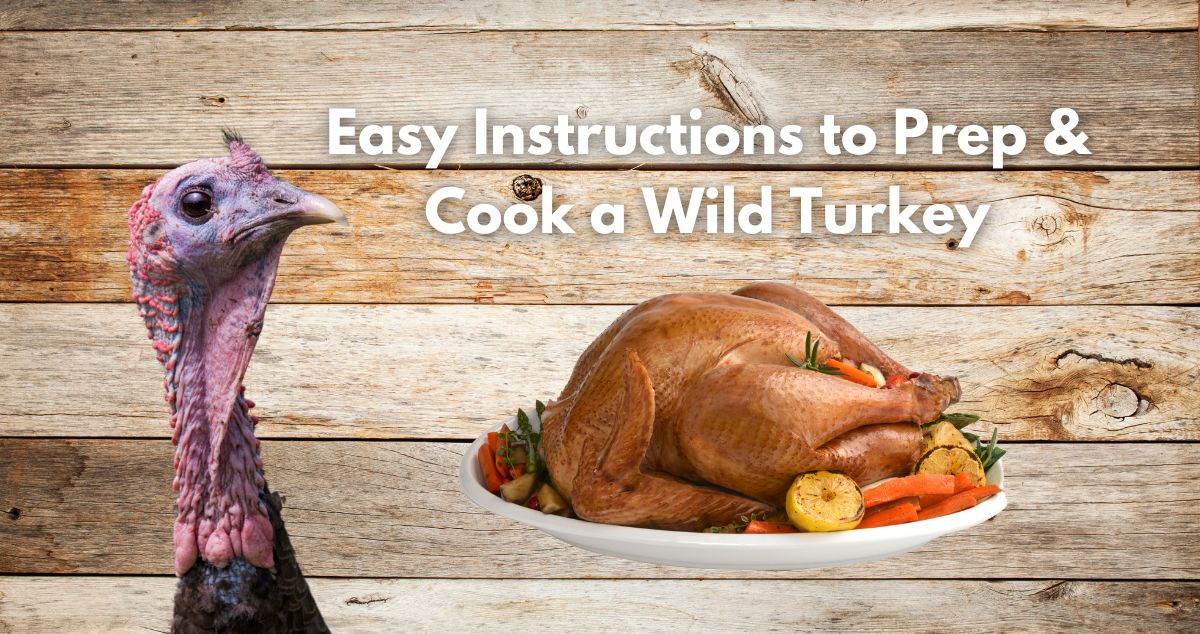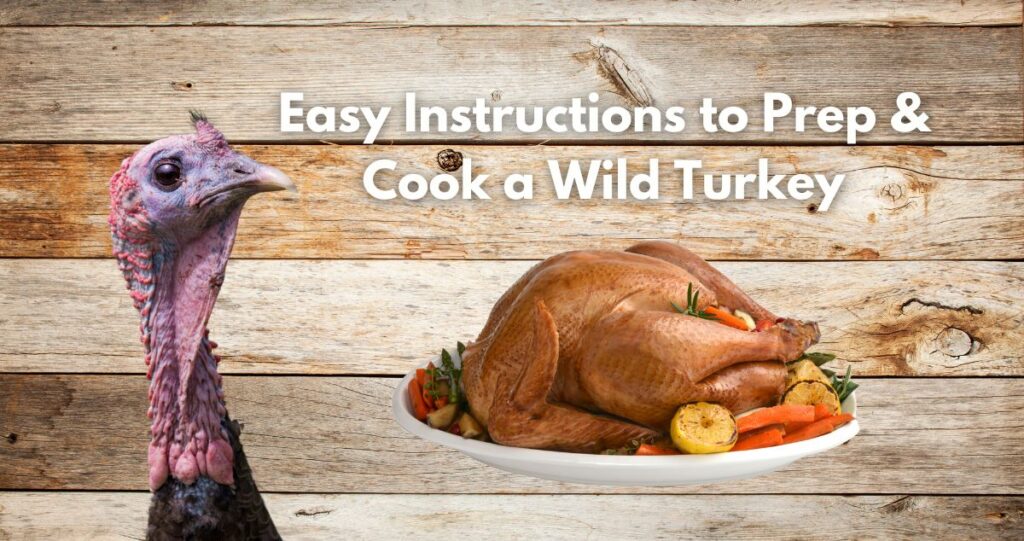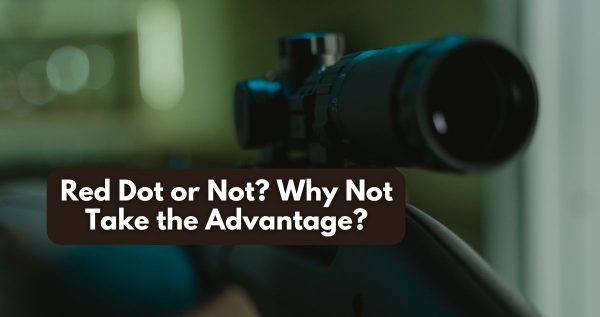
The tiny red dot is an infamous sign from movies and action tv shows when someone is a target as the sniper has their laser optic sight locked on. In real life they’re becoming more and more popular as built in features and accessories for pistols and rifles, as a red dot can improve target acquisition and accuracy up to a certain range for self defense and sports like skeet shooting.
Some people are opposed to red dots and may prefer iron sites as they’re traditionalists, while others swear by them because of the ease of use and accuracy. So we want to break down some of the main pros and cons to having a firearm with a red dot sight in case you’re on the fence about buying an optic or going with traditional iron sights.
If you’re new to shooting, read this section first, if you’re not, skip to the next section.
Red Dots and Why They Exist
A red dot is a reference to an optical sight that places a red dot on a target (but not literally) to help you aim and strike up to 100 yards before the gravitational pull from the earth or winds will affect the trajectory. The 100 yards will depend on the barrel and threading, firearm type and model, spin, PSI, wind, and other elements that impact how fast, far, and flat the projectile or projectiles with buckshots will travel.
The first red dot optic site was created by a Swedish company called Aimpoint in 1975. It was a likely result based on the work of Charles H. Townes with lasers in 1951 which led to the first laser pointers in the 1960s. These laser pointers turned into a commercially available laser optic site developed by SureFire and was adopted by police departments in 1979 leading up to the versions we use today.
Fun fact: The first optic site was likely founded in 1901 when telescope manufacturer Sir Howard Grubb patented the first reflective site.
Red dot sights are for fast and efficient target acquisition in perfect conditions, while a traditional iron site is better for conditions like fog and snow where batteries die quickly. Purists love iron sights because of the reliability and skill you develop with them, but that doesn’t mean it is always the right choice for every situation.
Pros and Cons of Red Dots
Being able to strike a target more efficiently at close range, hitting more targets in a competition, and having accuracy in self defense all sound good; but some people are still opposed to having red dot optics on their pistols, revolvers, and long guns. Here’s some of the arguments to be made for and against red dot sights so you can make a decision if having one is right for you.
Committing to a Target
When the red dot is visible in your site, you can lock on to a target. This can be good or bad. The good is that you have a target locked, the bad is the situation has now escalated as you are likely ready to fire.
They are used in the military for tactical missions and they are common practice because the intent is to neutralize the enemy and take down targets. Not aim and delay hoping the target leaves. There is no actual red dot to alert the target, that is in the movies where the director wants to build suspense.
There is no right or wrong answer here as it is situational, and in a situation you do need to fire, it can help with accuracy.
Batteries
Cold weather drains batteries faster because the chemical process that generates the electricity is slowed and takes more energy regardless if it is an electric vehicle, a mobile phone, or a red dot optic for your firearm. The same applies to recharging the batteries in cold weather situations like hunting in a cabin or using a tent for camping in winter.
Red dot optics are not going to be reliable in snow, hunting in freezing conditions, and other places where batteries fail faster. In addition to less battery life, you need to bring backup batteries for when the charge dies or solar panels to recharge your optics and other devices. This makes it harder to hike, camp, and enjoy as you now have to carry more weight with you.
Iron sites are more reliable because they do not require electricity and will always be there unless they’ve been worn down, which is very hard to do.
Accuracy and Ease of Use
It is easier to train with a red dot and acquire targets as you can see exactly where the trajectory will land if it is within the distance range before the projectile changes path. This gives newer and advanced shooters an advantage over no optic sight.
With an iron site you have to train your eyes to visualize where the bullet will enter the target, with the red dot it is marked for you. If you’re new or want a better chance at getting more accurate shots, red dots are a great choice. A best option is to train with both iron sights and red dots just in case your battery fails during competition. You want the muscle memory and training to kick in so you can still win vs. relying on technology.
Hunting
When it comes to hunting game, a more accurate strike means less suffering for the animal. Yes, the animal can jump, move, or run at any moment, but the red dot lets you have a better chance at a kill shot vs. a wound. There is no need to make the target suffer longer than needed.
That’s why red dot sights are recommended for hunters whether it is big game or small. It’s the humane way to hunt.
Red dots have their place in the world of sports. The batteries can fail and you lose it making it important to know how to use an iron site too, but if you have the option for a red dot, go for it. It’ll be especially helpful if you’re new to sports and hunting.

